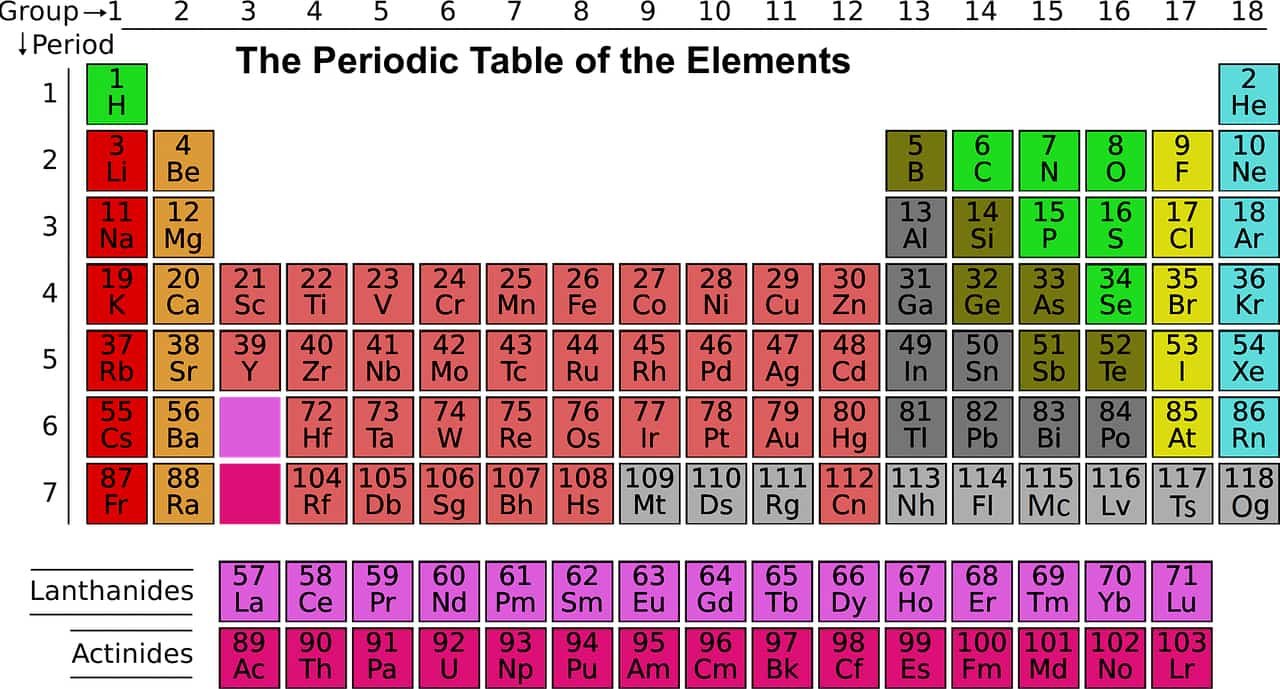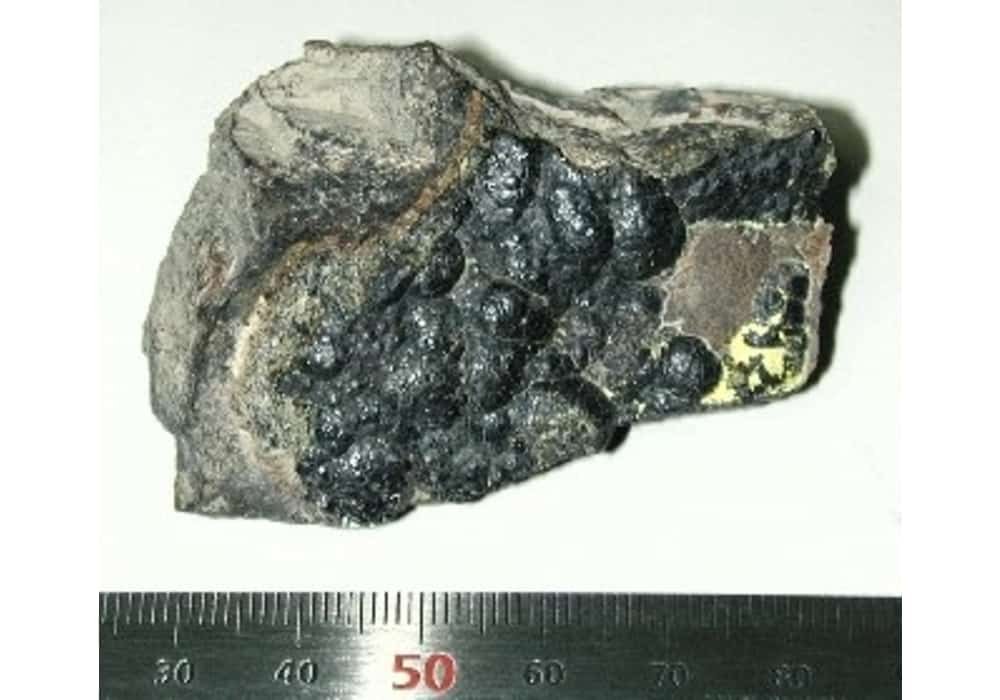Francium is a chemical element with the symbol Fr and atomic number 87
Francium, known for a time as eka-cesium and actinium K, is the chemical element with atomic number 87, symbol Fr. It is a radioactive alkali metal with atomic mass 223. It was named in tribute to France by Marguerite Perey in 1939.
It is the least stable of the elements with an atomic number less than 106 (seaborgium). As an alkali, its properties are close to those of cesium, with which it precipitates in the form of several salts. This property can be used to isolate it. Francium has the lowest electronegativity of all the elements.
The francium in the form of chunks has never been seen. When viewed from the general characteristics of the other elements in the column on the periodic table, it is assumed that francium is a very reactive metal. Getting a sample was nearly impossible, as the extreme heat of decay (longest half-life of the isotope is only 22 minutes) would immediately vaporize whenever any amount of the element could be seen.
Physical properties
The physical properties are essentially estimates that have been determined by extrapolating the properties of the alkali metals or by model calculations. Investigations on compact samples of the metal or its compounds are due to the small quantities that can be produced (few attograms , ~ 10,000 atoms) and the high level of radioactivity (activity is about 2 million times higher than that of the same amount of 238 Pu (plutonium): visible quantities would evaporate immediately) hardly possible.
Use of francium
Due to its low half-life, francium has no commercial applications. On the other hand, measurements of transitions between atomic energy levels have been carried out thanks to its relatively simple electronic structure.
It has been used in the field of research, chemistry and also in the atomic structure. It is used for diagnostics for curing cancers.
Preclinical in vivo models have been of significant benefit in evaluating innovative methods of detecting tumors and novel therapeutic intervention approaches for potential use in treating human cancers.
It is also used in many spectroscopic experiments. Francium is a highly radioactive metal, and since it exhibits a short half-life, it does not have more impact on the environment. Commercially, there are no uses for francium, due to its rarity and instability. It is used for research purposes only.
Effects of francium on health
Scientists know too little about francium to be aware of its health effects. As a radioactive element, however, it does pose a threat to human health.
Effects of francium on the environment
Due to its extremely short half-life only 22 minutes, it has no known biological role. It is toxic due to its radioactivity.
Francium in the periodic table
| Atomic number (Z) | 87 |
|---|---|
| Group | group 1: H and alkali metals |
| Period | period 7 |
| Block | s-block |
| Electron configuration | [Rn] 7s1 |
| Electrons per shell | 2, 8, 18, 32, 18, 8, 1 |
Physical properties
| Physical properties | |
|---|---|
| Phase at STP | solid |
| Melting point | 300 K (27 °C, 81 °F) |
| Boiling point | 950 K (677 °C, 1251 °F) |
| Density (near r.t.) | 2.48 g/cm3 (estimated) |
Vapor pressure (extrapolated)
| P (Pa) | 1 | 10 | 100 | 1 k | 10 k | 100 k |
|---|---|---|---|---|---|---|
| at T (K) | 404 | 454 | 519 | 608 | 738 | 946 |
Atomic properties
| Atomic properties | |
|---|---|
| Oxidation states | +1 (a strongly basic oxide) |
| Electronegativity | Pauling scale: >0.79 |
| Ionization energies | 1st: 393 kJ/mol |
| Covalent radius | 260 pm (extrapolated) |
| Van der Waals radius | 348 pm (extrapolated) |
Other properties
| Other properties | |
|---|---|
| Natural occurrence | from decay |
| Crystal structure | body-centered cubic (bcc) (extrapolated) |
| Thermal conductivity | 15 W/(m·K) (extrapolated) |
| Electrical resistivity | 3 µΩ·m (calculated) |
| Magnetic ordering | Paramagnetic |
| CAS Number | 7440-73-5 |
History
As early as the 1870s, the community of chemists believed that there must be an alkali-type metal with atomic number 876, below cesium in the periodic table. It was then known by the provisional name eka-cesium. Research teams were trying to find and isolate this missing element. At least four premature announcements of its discovery were made before it was actually discovered.
| Naming | after France, homeland of the discoverer |
|---|---|
| Discovery and first isolation | Marguerite Perey (1939) |
Main isotopes of francium
It has 33 isotopes whose half-lives are known, with mass numbers 200 to 232. None are stable. 223Fr has the longest half-life at 21.8 minutes.
| Main isotopes of francium | ||||||||||||||||||||||||||||||
|---|---|---|---|---|---|---|---|---|---|---|---|---|---|---|---|---|---|---|---|---|---|---|---|---|---|---|---|---|---|---|
| ||||||||||||||||||||||||||||||
Periodic Table of Elements | Complete List of Chemical Elements by Group, Name, Symbol, Color and Type

Sources: PinterPandai, Live Science, Science Direct
Photo credit: Wikimedia Commons
Photo explanations: This sample of uraninite contains about 100,000 atoms (3.3×10−20 g) of francium-223 at any given time. Uraninite, formerly pitchblende, is a radioactive, uranium-rich mineral and ore with a chemical composition that is largely UO2, but due to oxidation the mineral typically contains variable proportions of U3O8. Additionally, due to radioactive decay, the ore also contains oxides of lead and trace amounts of helium. It may also contain thorium and rare earth elements.



